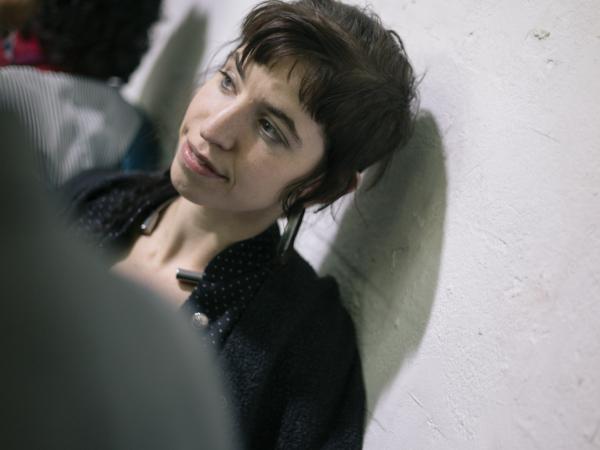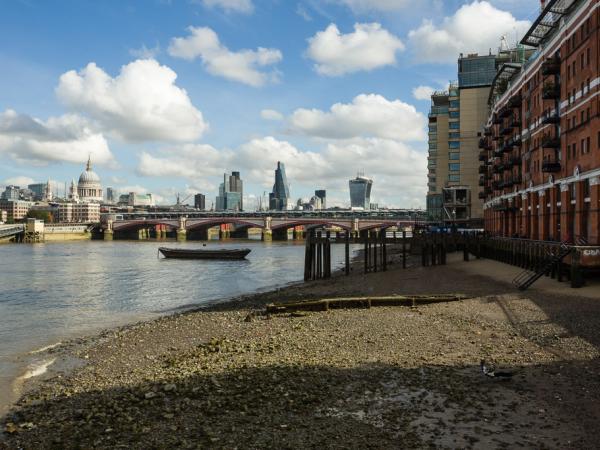Biografia
Over the last years my artistic practice had been primarily concerned with exploring types of abstraction within painting. In order to even begin dealing with this complex field I have based my experiments on an understanding of abstraction as consisting of two categories: legible and illegible abstraction. An example of legible abstraction might be a common road sign. Drawn from reality and simplified to a basic combination of line and colour, a road sign depicts something learned.
Illegible abstraction is often similar to legible abstraction in terms of its appearance. Hard edge painting from the 1970s, such as the work of Barnett Newman, might be an example here. Instead of drawing from reality, however, this form of abstraction denies it, detaches itself from it in order to let creativity occur on a tabula rasa. Legible abstraction points us towards an intended destination; illegible abstraction does not.
In recent months my work has increasingly focused on the relationship between abstraction and the industrial. Here I’ve been aiming to create a form of semi-legible abstraction inasmuch as a finished piece suggests a function which it ultimately fails to live up to. Almost as a natural side effect of examining these ideas, I have begun testing the limits of what an abstract ‘painting’ can be, with the results oscillating between painting, installation and sculpture.






